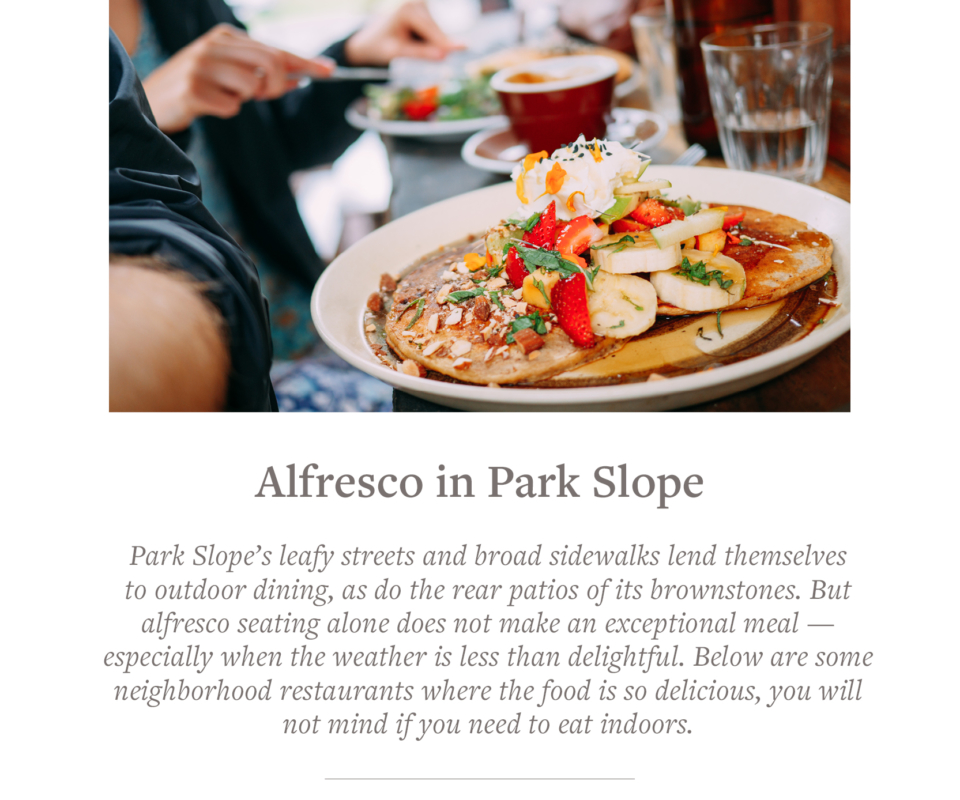Maia a Greek goddess of spring and growth often referred to as the “Nursing Mother”, “Mother Earth” or “Mother of Creation” and the impetus for naming our 5th Month of the year. During the month of May we celebrate Mother’s Day and Memorial Day, both of these holidays inception was spurred by the American Civil War.
The Civil War ended in the spring of 1865, claimed more lives than any conflict in U.S. history and established the country’s first national cemeteries. Mother’s Day in America roots are steeped in the influence of three woman of the 19th and 20th century who witnessed and were a part of a period of social and industrial change:Ann Maria Reeves Jarvis, Julia Ward, and Anna Marie Jarvis.
- Ann Maria Reeves Jarvis a social activist and community organizer started “Mother’s Day Work Clubs” to improve sanitation conditions and stop babies from dying prematurely from disease bearing insects and seepage from polluted waters.
- Julia Ward, first woman elected to the American Academy of Arts and Letters, poet (the Battle Hymn of the Republic, Mother Mind, Mother’s Day Proclamation of 1870), pacifist, and woman’s suffragist established a day for mothers – and for peace.
- Anna Marie Jarvis upon the death of her mother (Ann Maria Reeves Jarvis) memorialized her mother’s life-long activism, and began a campaign that culminated in 1914 Congress passing a Mother’s Day Resolution signed by President Woodrow Wilson.
Ironically, my mother’s birth corresponds to the birth of Anna Maria Jarvis, Founder of Mother’s Day and who just celebrated her birthday and has been an advocate for children from her early days as a counselor at Little Flower Family Services dealing with children and teens in crisis to her current position as a school nurse in the Greenwich CT school system. This month we honor the long history of courageous mothers defined as “woman of authority and who administer care and affection”.
This month’s Culturally Inclined focuses on the Park Slope neighborhood in northwest Brooklyn (“There is a North Slope, a South Slope and a Center Slope;” click on link to read about 110-year-old border battles) a draw to current residents and visitors for the abundance of 18th, 19th, and 20th historic brownstones (over 200), Prospect Park’s 525 acres designed by Frederick Law Olmsted and Calvert Vaux and close proximity to cultural iconic establishments such as: Brooklyn Botanical Gardens, Brooklyn Conservatory of Music, Brooklyn Museum and theCentral Library. May begins the warmer, sunnier, longer days and many outdoor activities abound. As the good weather appears to be staying put take part examine some of the articles in this months Culturally Inclined to learn about some history and fun activities in the area such as alfresco dining on the leafy streets and broad sidewalks (5th and 7th Avenue are the main commercial streets), partake in the varied art mediums offered: watercolor, painting, origami, potters and printmaking, martial art options abound for your spirit and body, music venues to chill on warm afternoons and evenings, shoppers have an eclectic choices of stores and atelier, and stroll through the enchanting history of the gilded age. Given its “proximity to Manhattan and its bucolic (by comparison) setting let to its becoming arguable the first-ever commuter suburb and, by 1860 the third-largest city in the country, behind only New York and Philadelphia.”
Park Slope’s name originated from the topography of the area given it slopped away from Prospect Park towards the Harbor and is generally bounded by Prospect Park West to the East, Fourth Avenue to the West, Flatbush Avenue to the north and Prospect Expressway to the south. Approximately 17,000 years ago the terminal moraine of the receding Wisconsin Glacier that formed Long Island established a string of hills and kettles in the northern part of the park and a lower lying outwash plain in the southern part. Mount Prospect, or Prospect Hill, near the intersection of Flatbush Avenue and Eastern Parkway, rises 200 feet (61 m) above sea level and is the highest among a string of hills that extends into the park, including Sullivan, Breeze, and Lookout hills. The area was originally forested, but became open pasture after two centuries of European colonization. Significant stands of trees remained only in the peat bogs centered south of Ninth Street and Flatbush Avenues, and in a large bog north of Ninth Avenue and contained chestnut, white poplar, and oak. Some of these stands were preserved in the Park’s Ravine and have been popularized with the nickname ‘The Last Forest of Brooklyn”.
During the American Revolutionary War (1775-1783), the park was a site of the Battle of Long Island (aka Battle of Brooklyn). American forces attempted to hold Battle Pass, an opening in the terminal moraine where the old Flatbush Road passed from the villages of Brooklyn to Flatbush. It fell after some of the heaviest fighting in the engagement, and its loss contributed to George Washington‘s decision to retreat. Even though the Continental Army lost the battle, they were able to hold the British back long enough for Washington’s army to escape across the East River to Manhattan. There are plaques north of the zoo that honor this event. The City of Brooklyn built a reservoir on Prospect Hill in 1856. Preserving the Battle Pass area and keeping the lots around the reservoir free of buildings were two reasons for establishing a large park in the area. The land for the planned park was bought by the City of Brooklyn by the end of 1860. However, complications came about due to the outbreak of the Civil War and commercial and residential land speculation at that time. Around 1866, Olmstead and Vaux’s proposal was accepted and the park officially opened October 19, 1867 while still remaining under construction. In 1873 financial panic caused work on the park to stop, scrapping the more ambitious elements of the planned public space, however, Brooklyn had a premier public park.
“It is one great purpose of the Park to supply to the hundreds of thousands of tired workers, who have no opportunity to spend their summers in the country, a specimen of God’s handiwork that shall be to them, inexpensively, what a month of two in the White Mountains or the Adirondacks is, at great cost, to those in easier circumstances. …and healing people’s mental conditions. It is a scientific fact that the occasional contemplation of natural scenes of an impressive character, particularly if this contemplation occurs in connection with relief from ordinary cares, change of air and change of habits, is favorable to the health and vigor of men…The want of such occasional recreation where men and women are habitually pressed by their business or household cares often results in a class of disorders the characteristic quality of which is mental disability, sometimes taking the severe forms of softening of the brain, paralysis, palsy, monomania, or insanity, but more frequently of mental and nervous excitability, moroseness, melancholy, or irascibility, incapacitating the subject for the proper exercise of the intellectual and moral forces.” —Frederick Law Olmsted, the father of American landscape architecture
Prospect Park
I was introduced to Park Slope by a friend who lived on Berkeley Place in a brownstone. We would get-together a couple times a week and head to Prospect Park to work on our “speed work” around the 3.36 mile loop and participate in the local running races. Of course, afterwards we would head to one of the local establishments to eat since we were famished. There are thousands of ways to enjoy Prospect Park from baseball to bird watching, and skating to nature programs : Barbecues & picnics | baseball & softball | basketball | bicycling |birdwatching | boating | BRIC Celebrate Brooklyn Festival | dog activities – runs & strolls | fishing | football | greenmarket | horseback riding | kid events & activitiesincluding carousel, playgrounds and zoo | movie night – Free | nature & gardening programs including Audubon Center | running & walking | skating | Smorgasburg Prospect Park on Sundays from 11AM to 6PM | soccer | tennis | tours | volleyball |water play | yoga.
Food Cooperative
Park Slope Food Coop (PSFC) is one of the oldest and largest active food co-ops in the United States. As a food cooperative, one of its goals is to be a “buying agent to its members, not a selling agent to any industry.” Non-members are welcome to visit the store, but may not shop. Formed in 1973, PSFC has grown to include over 17,000 members. The PSFC business model requires each of its adult members to contribute 2 hours and 45 minutes of work every four weeks, and that no member share a household with a non-member. In exchange, active members may shop at the store. The store sells a variety of foods and household goods, mostly environmentally friendly products, at a 21% markup over the wholesale price (compared to 26-100% at a supermarket). The savings are possible because labor is contributed by its members. PSFC operates as a New York state cooperative corporation. As reported in Grub Street “In celebration of New York Magazine’s 50th anniversary, tells the stories behind key moments that shaped the city’s culture. the Park Slope Food Coop is one of these amazing stories. “The Union Street grocery cooperative and living embodiment of the #Brooklyn brand of inspirational eating, which is also perhaps the most celebrated, and most divisive, food store in the entire country — the distinction is emblematic of the exacting, obsessive attention to detail that has been crucial to the store’s success”.
59th Annual Park Slope House Tour
The Fabulous Fifth Avenue Fair
Take summer Sunday strolls along 5th Avenue and enjoy famous Park Slope Street Fair shopping, eating, music, and festivities – 5th Avenue from Sterling Place to 12th Street from 11:00 AM to 6:00PM beginning Sunday, May 20th (June through August). And if you are not satiated sample a meal at one of the local establishments.
Dining and Spirit Selections: | Fausto – 348 Flatbush Avenue (Italian) |Mariella – 492 Sixth Avenue (Italian) |Stone Park Avenue – 324 Fifth Avenue (New American) | Convivium Osteria – 68 Fifth Avenue for upscale Mediteranean in a farmhouse setting | The Chocolate Room – 51 Fifth for some ice cream or bring a date and hang out over another delectable confection | High Dive – 243 Fifth Avenue for a craft beer after work | Mission Dolores – 249 Fourth Avenue for a happy hour cocktail |Skylark – 477 Fifth Avenue for some Sunday Trivia Pursuit and spring cocktail amongst friends | Freddy’s Bar and Back Room -627 Fifth Avenue best bar and small music venue | BrookVin – 381 Seventh Avenue a bottle of wine in the romantic garden | Local Pizza Spots: LBK – 699 Union Street (at 4th Avenue) | Mother Dough – 72 7th Avenue (between Lincoln & Berkeley Place) | Until Tomorrow – 507 Myrtle Avenue (between Ryerson St. & Grand Avenue in Clinton Hill | La Villa Pizzeria – 261 5th Avenue | Gristmill – 289 5th Ave (between 1st & 2nd)
Have a great May as the weather warms and the days lengthen. Keep me in the loop if you or someone from your network would enjoy a Sunday Open House list for an area they are exploring or would like a neighborhood Market Report. It’s always a pleasure to hear from you so give me a call and let me know what’s on your mind.
Warm Wishes
Karen



